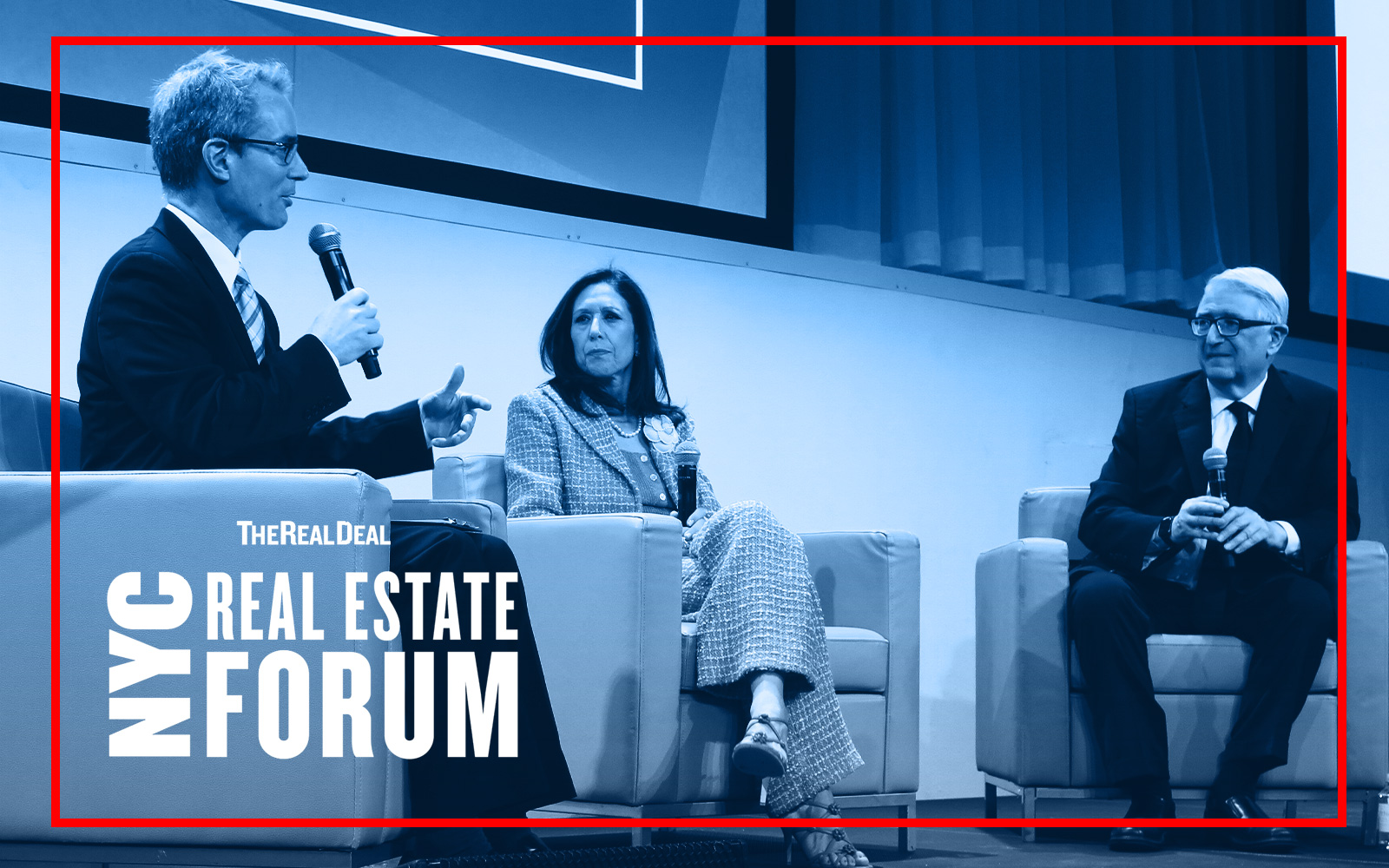In the land of the blind, the one-eyed man is king.
In the supply-constrained housing market of New York City, the kings are owners of market-rate apartments, whose lack of competition will continue for a while, according to a new report on project filings.
Developers last month requested permits to lay only 22 multifamily building foundations, which would support 569 apartments. It was the fifth straight month with fewer than 30 such filings, which have been slumping since the 421a property tax break expired in June.
The report, from the Real Estate Board of New York, uses Department of Buildings data. It notes that an average of 73 foundation applications were filed each month in the first half of last year — the final six months of 421a. The 440 pre-expiration filings were for 31,750 housing units; the 186 over the rest of 2022 accounted for 12,005 units.
The figures follow the usual pattern of foundation filings bunching up before the tax break expires, then dropping off afterward. The difference this time is that state lawmakers are not expected to pass a new version of 421a any time soon, if ever.
In past years, when the tax break expired, negotiations continued about how to change it to promote affordable housing development and union construction. But the legislature’s progressive shift since the 2018 election (and since Donald Trump’s election as president in 2016) has sapped Albany’s appetite for the tax break.
At the same time, state lawmakers have done nothing to lower property taxes for rental housing, which are substantially higher than for individually owned homes. For that reason, it is possible that many of the foundation filings since 421a expired on June 15, 2022, will end up as condominiums.
Others will be government-subsidized affordable housing, which continues to pencil out in the post-421a era, as do some small and luxury rental projects. Only two of the foundation filings in April were for buildings with 100 or more units, bringing the total to seven this year.
The largest was for the first phase — including 386 homes — of a mostly residential development at Flatlands and Pennsylvania avenues in Brooklyn. The Gotham Organization, led by CEO David Picket, and the Christian Cultural Center plan a 100 percent affordable project on a brownfield site. It will have 1,975 apartments, a performing arts center, a trade school and retail.
The project, called Innovative Urban Village, required a rezoning, which gained City Council approval in November only after years of negotiations with the local member, Charles Barron. He demanded and won the removal of all market-rate units from the plan. His Council district, in East New York and Canarsie, is among the poorest in the city.
Read more



The second largest foundation filing last month was for a five-story, 101-unit project at 6014 Beach Channel Drive in Arverne, Queens. Matthew Ahdoot of United Developers applied for permits for the 75,000-square-foot project last July, New York Yimby reported.
“Month after month, New York City’s housing supply crisis worsens as new development grinds to a halt,” said REBNY’s Zachary Steinberg in a statement accompanying the report.
